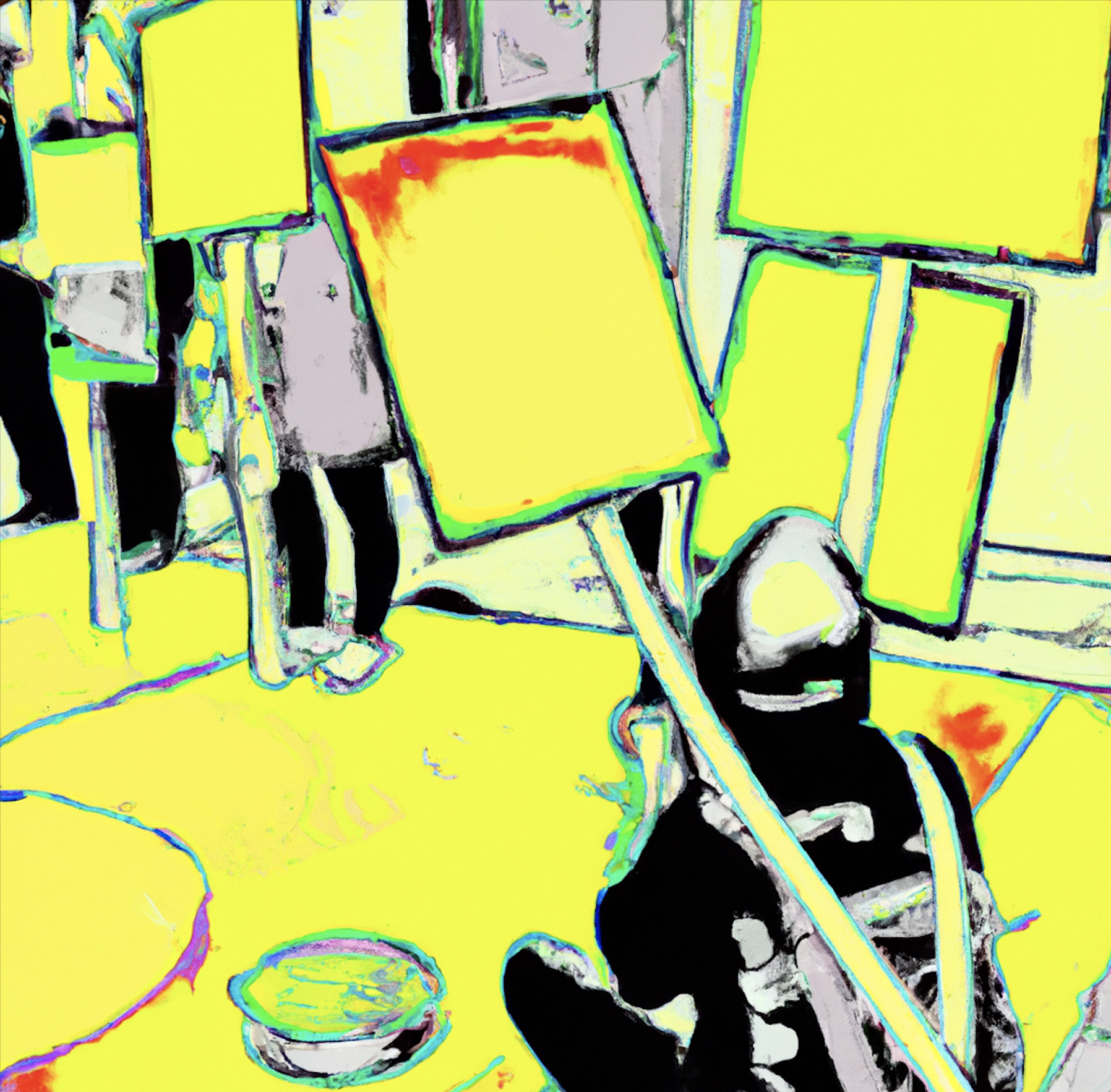by Celine Kuklowsky
The huge protest in London last month gave a glimpse of hope as people came out to protest.
On Saturday 26 March, hundreds of thousands of people marched in the streets of London against the government’s austerity measures. Students made up a large contingent of the demo with universities, colleges and schools in attendance from all over the UK.

Many credit the students for leading the way in the current fight back against the cuts, which now involves numerous unions and community anti-cuts groups around the country.
It all began last October with the unveiling of the Browne Review, the document that spelled out the coalition government’s education agenda. The severity of the cuts combined with the broken election promise of the LibDems to not raise tuition fees, were the spark that ignited the fire. Students hit the streets in droves to protest the trebling of tuition fees, the slashing of teaching budgets by 80%, the elimination of the EMA for low-income students, and the end of government funding for the arts and humanities.
Protests, walkouts, and teach-outs happened on a weekly basis around the country, while dozens of occupations opened in universities and even schools. On November 24, 2010, over 50,000 people marched in the streets of London to defend higher education.

Since then, the student movement has continued in different shapes and in varying numbers. Teachers and lecturers have been striking this month and have been crucial in supporting the struggle. Thanks to the police’s systematic kettling of students for hours on end, the shape of the movement has taken on new forms, with more direct action and improvised marches taking place.
Many of the demos have become less about following an assigned and pre-approved route, and more about taking over the streets of London, blocking traffic, sitting down in major intersections and occupying various shops along the way, such as Top Shop, Vodaphone or Barclays.

These actions disrupt “business-as-usual” in the city, stop the kettling and brutal policing techniques used against us over the past few months, and effectively transform the police into traffic controllers who try to maintain calm and order for disrupted vehicles.

At the same time, occupying stores of known tax evaders as well as bailed-out banks, invites passers-by to join in (and they do!) and raises awareness on the ideological nature of the cuts. Our struggle to defend higher education is inextricably linked with the government’s priorities to privatize entire swathes of the public sector and bail out the rich.
The focus of the movement has also broadened over time. While our priorities remain based on education cuts and job losses, we are concerned about all of the cuts and on the kind of world we’re entering. In many ways this is a struggle for another society. The various university occupations have been amazing embodiments of other kinds of societies in which decisions are made collectively, skills and knowledge are shared, and community and creativity are key.
There have been some victories along the way.
While the policy to raise tuition fees was voted, it only passed by 21 votes, with many MPs abstaining and rebelling against the vote. Additionally, the government has announced it will continue to pay EMA next year for those students currently receiving it.
Finally, thanks to UK Uncut – which granted does not only involve students – the government is now looking into tax evasions.
But there is a long way to go as universities all over the country announce they will be charging up to £9000 a year for undergraduates and as teaching and research budgets are being slashed.

The question now of course, is what next?
It remains to be seen if the Saturday 26 March demo was large enough and exciting enough to inspire more people to join the students and others in fighting back against the cuts. Only time will tell if, as the French saying goes, “what the parliament does, the streets can undo.”





